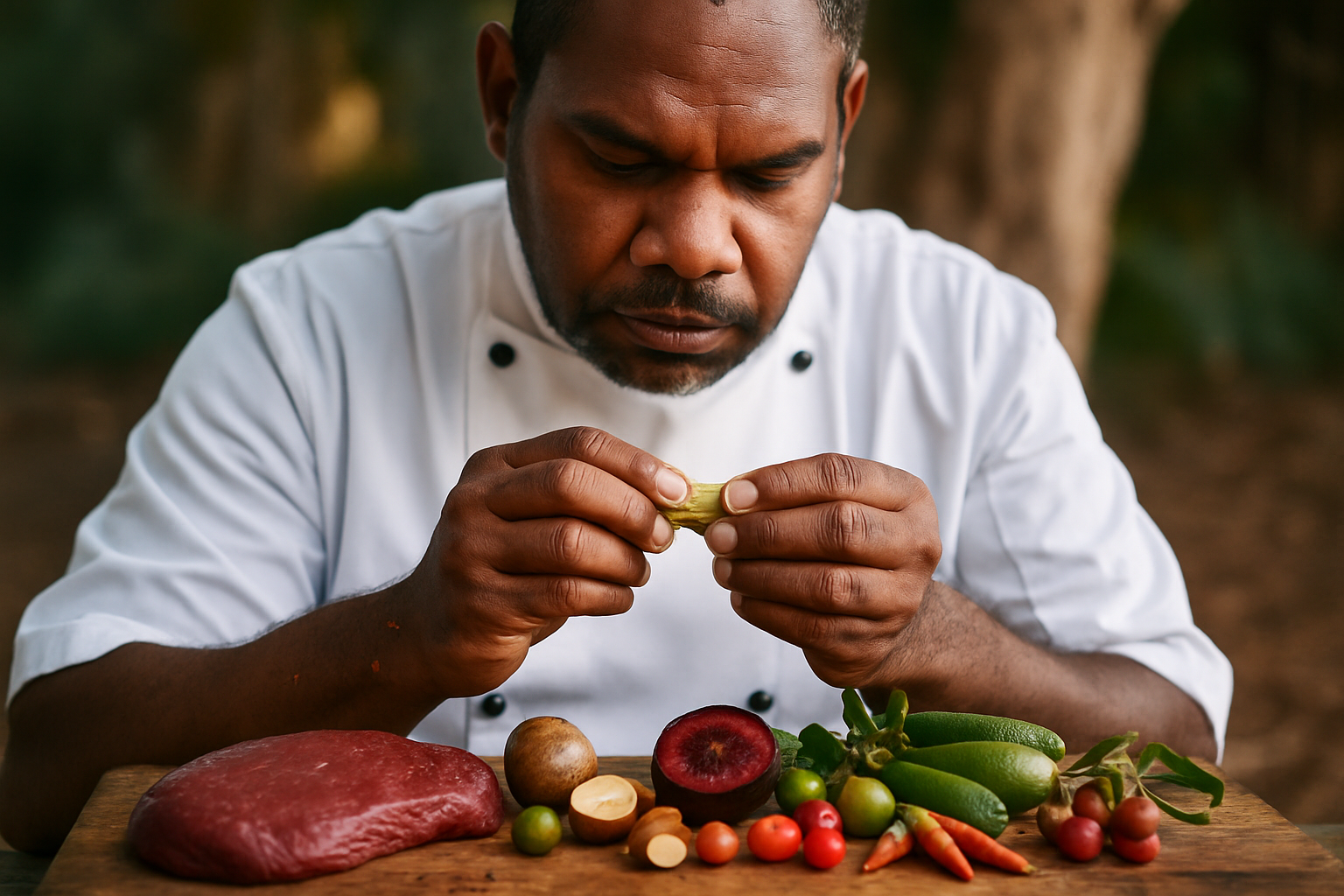Strategic menu planning around seasonal availability
Seasonal availability affects ingredient choices, sourcing, and customer expectations. This article outlines practical ways to align menus with seasonal supply, reduce waste, and highlight fresh flavors while addressing nutrition, sustainability, and operational considerations.

Seasonal shifts in produce and supply create opportunities to design menus that feel timely and efficient. By anticipating what will be abundant or scarce, chefs and menu planners can craft dishes that highlight peak flavors, manage costs, and support local suppliers. Strategic planning also helps kitchens adapt techniques and beverage pairings to changing textures and tastes without compromising consistency or nutrition.
Seasonal sourcing and menu structure
Seasonal sourcing begins with mapping the local growing calendar and identifying reliable suppliers. When planners understand what produce and protein are in peak supply, they can structure menus around those strengths—creating a flexible framework of core plates and rotating features. This reduces the need for long supply chains, improves predictability in purchasing, and helps kitchens build a narrative around freshness. Seasonal structure might include a set of staple entrées and a rotating section for weekly or monthly specials tied to harvest windows.
Recipes and ingredient flexibility
Design recipes that tolerate substitutions without losing identity: a grain bowl that accepts different roasted vegetables, a sauce base that adapts to available herbs, or a stew that can incorporate varying root crops. Standardize technique and ratios in recipes so cooks can swap ingredients while maintaining texture and flavor balance. Clear prep sheets and training notes ensure teams understand which components are essential and which are interchangeable, preserving consistency even as ingredients change with the seasons.
Cuisine and beverage pairing
Seasonal menus influence cuisine direction and beverage choices. Lighter, acid-forward wines and citrusy cocktails pair well with spring greens and early fruits, while fuller-bodied beverages complement roasted root vegetables and braised proteins in cooler months. Consider pairing not only by flavor but by temperature and mouthfeel: chilled beverages for crisp summer dishes, warm spiced drinks for hearty winter fare. Menu descriptors that reference seasonal pairings help guests understand the intended match without overpromising specific brands or vintages.
Sustainability and local sourcing
Prioritizing local and seasonal sourcing supports sustainability by shortening supply chains and reducing carbon-intensive transport. Work with regional farmers, fishers, and producers to plan harvest-aligned menus and to secure commitments for peak periods. Transparent sourcing language on menus can highlight sustainable practice without making unverifiable claims. Inventory management that tracks daily or weekly usage reduces waste, and repurposing trim or surplus into stocks, sauces, and specials extends ingredient value across service periods.
Nutrition and menu balance
Seasonal menus offer nutrition benefits because peak produce often has higher nutrient density. Balance menus across macronutrients and micronutrient sources: pair leafy greens with protein and healthy fats, include whole grains or legumes as sides, and offer beverage options that complement nutrition goals. This article is for informational purposes only and should not be considered medical advice. Please consult a qualified healthcare professional for personalized guidance and treatment. Include clear labeling for allergens and dietary preferences to help diners make informed choices.
Technique, trends, and operational planning
Adjust kitchen technique to suit seasonal textures—light blanching and quick searing for tender spring vegetables, slow roasting or braising for dense autumn produce. Stay aware of culinary trends that influence guest expectations, such as plant-forward plates or fermented components, and test how trends perform with seasonal ingredients before committing to permanent menu changes. Operationally, coordinate prep schedules with supplier delivery cycles, and maintain flexible inventory buffers to handle short-term shortages or sudden abundance.
Seasonal menu planning combines culinary creativity with practical logistics. By aligning recipes, sourcing, beverage pairing, nutrition, technique, and sustainability goals, planners can create menus that feel current, reduce waste, and support reliable operations. Thoughtful documentation and supplier relationships make it easier to rotate dishes without sacrificing consistency, while clear menu language helps diners understand the seasonal intent behind offerings.





